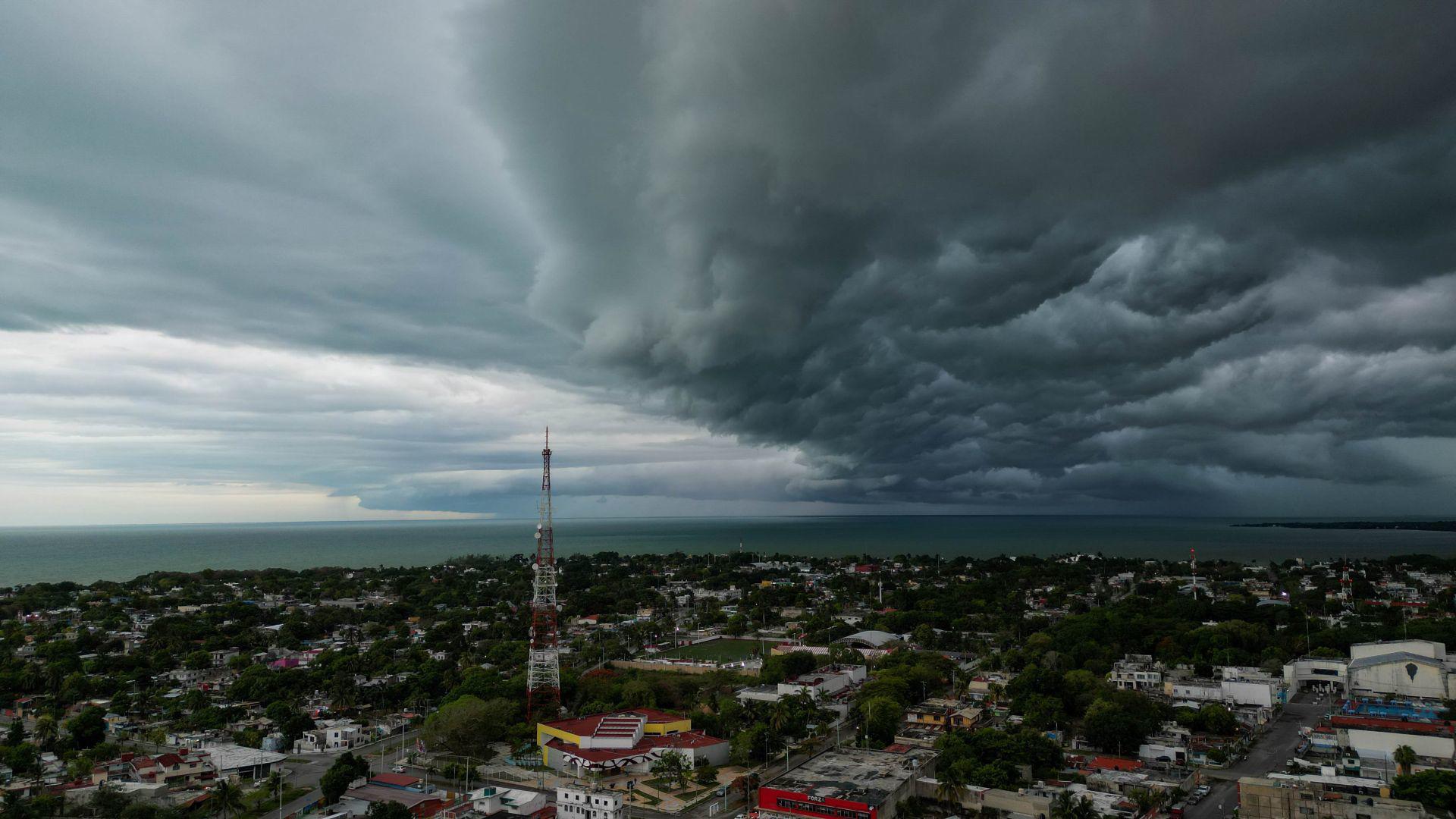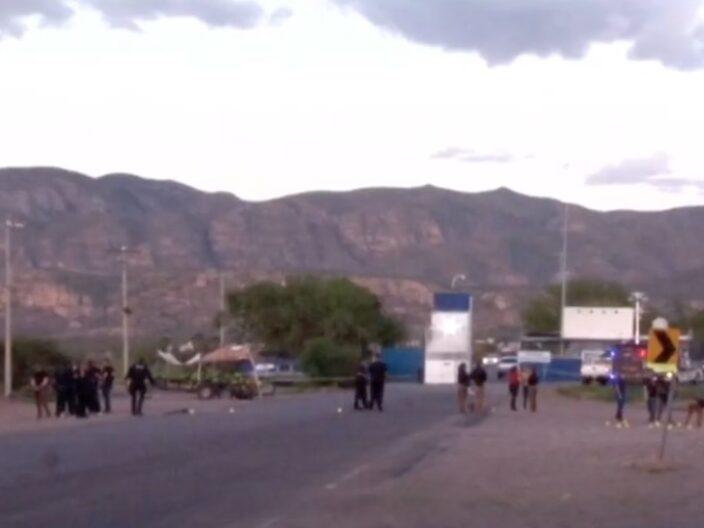Tropical Storm Alberto has formed in the Gulf of Mexico and is expected to strengthen into a category one hurricane before making landfall in Tamaulipas on Thursday morning. Currently located north-northwest of Frontera, Tabasco, and northwest of Ciudad del Carmen, Campeche, Alberto is poised to bring heavy rainfall, strong winds, and potentially life-threatening conditions to several Mexican states. The storm’s bands, covering a diameter of 1,200 kilometers, are already affecting the Yucatan Peninsula, Oaxaca, southern Veracruz, and Chiapas with torrential rains that could lead to flooding and landslides and cause river levels to increase. The National Meteorological Service (SMN) and the National Water Commission (Conagua) have issued warnings for these states and advised residents to take precautions, stay informed through official channels, and evacuate if necessary as the storm is expected to intensify on Tuesday afternoon and could potentially become a hurricane. The Mexican government has activated the Plan DN-III for disaster response, particularly in Chiapas, and the Mexican Army has deployed rescue teams to assist affected areas. Ports in Quintana Roo have been closed to small boats, and shelters have been set up for those displaced by the storm. Meanwhile, at least 18 people have died in Latin America due to severe storms and landslides triggered by heavy rainfall. Meteorologists continue to monitor the situation as the Atlantic hurricane season, expected to be above average due to La Niña and warmer ocean waters, progresses.
Key points
- Tropical Storm Alberto is expected to hit Tamaulipas as a category one hurricane on Thursday.
- Heavy rainfall and strong winds are anticipated across multiple Mexican states, with warnings issued for potential flooding and landslides.
- Emergency plans and responses have been activated, including the Plan DN-III for disaster response.
- At least 18 deaths in Latin America have been attributed to severe weather conditions.



